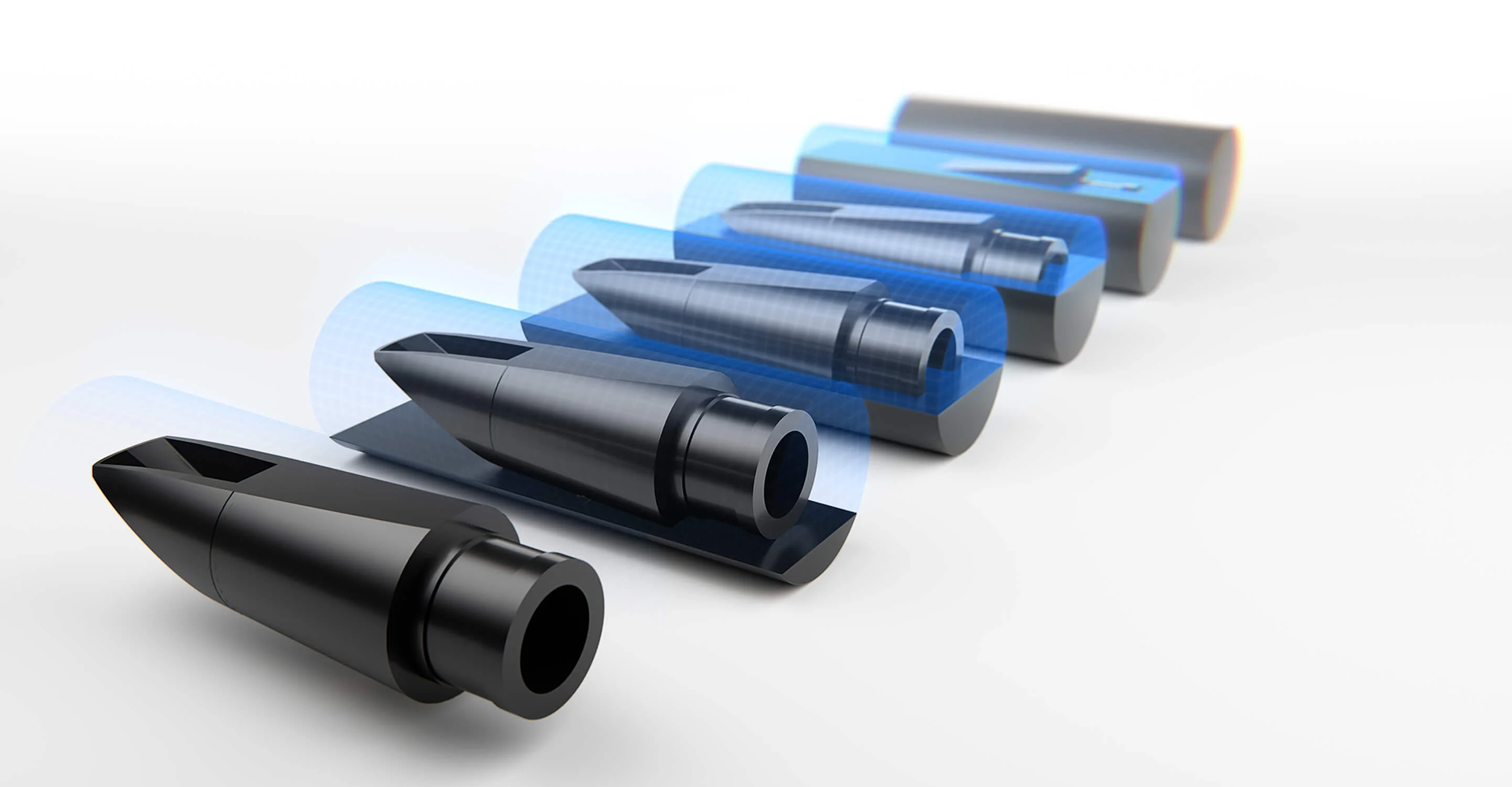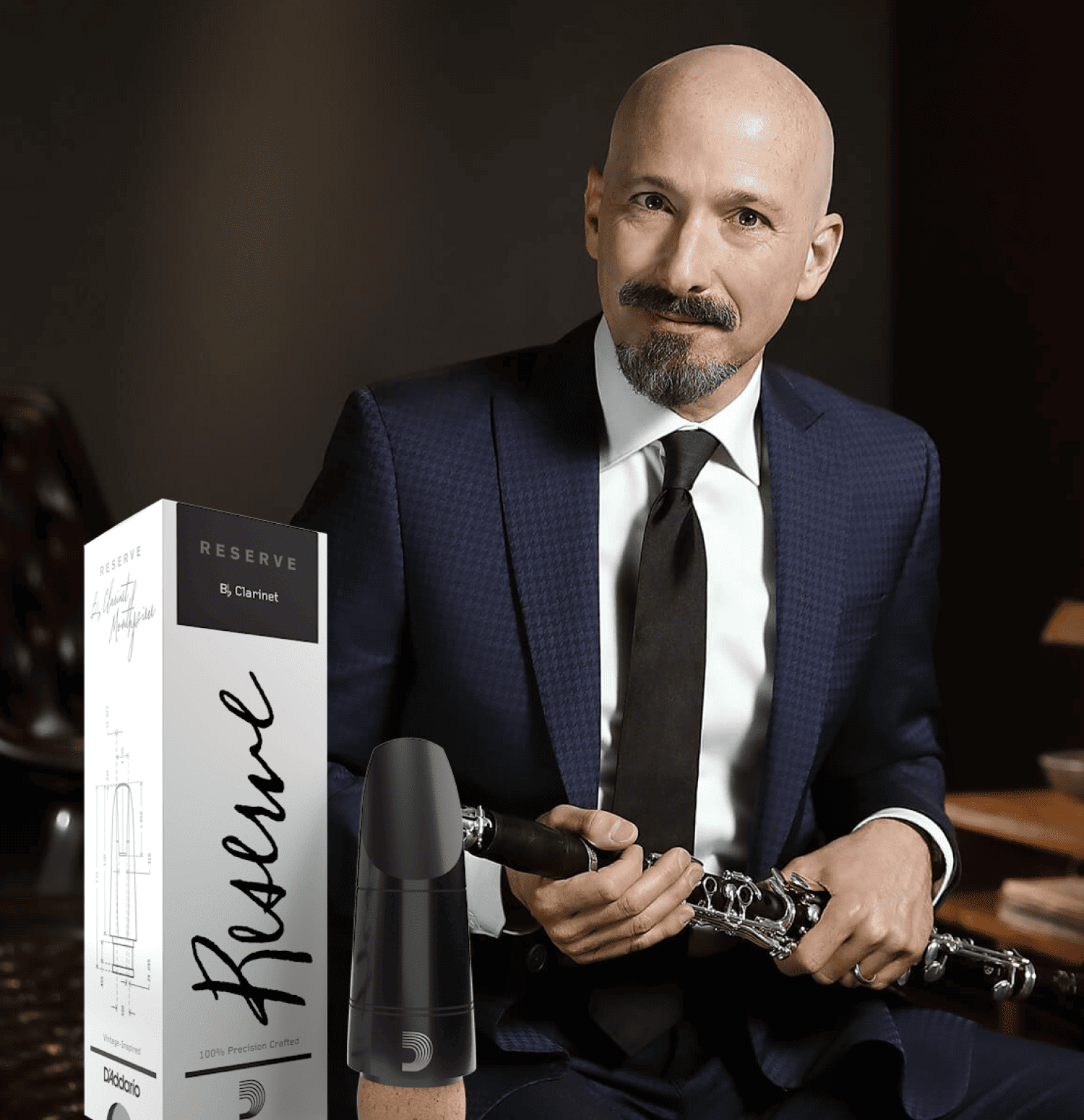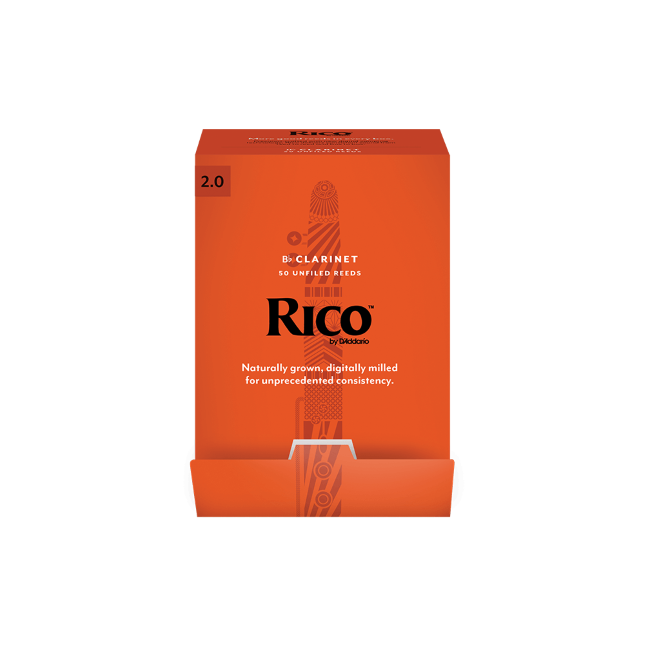D'Addario Core:
Why Choose a Close Facing Clarinet Mouthpiece?

The shape and curvature of a clarinet mouthpiece, specifically the “facing”, plays a huge role in how the reed responds, how the instrument feels, and how you develop as a player.
What is a close facing mouthpiece?
It’s a mouthpiece with a shorter curve and smaller tip opening, meaning the reed sits closer to the tip of the mouthpiece. Compared to medium or open facing styles, it requires less air pressure to activate the reed and produces sound more immediately.
Why it matters:
- Faster response. A close facing mouthpiece makes it easier for air to vibrate the reed, resulting in quicker sound production.
- Clearer articulation. Tonguing becomes more precise and controlled. That makes it especially useful for students who might be learning fundamental techniques.
- Better habits. For developing players, the ease of play promotes good embouchure and air support from the start.
- Balance for advanced players. Close facings offer maximum stability and control when paired with harder reeds, making them ideal for focused, precise playing. Open facings are slightly less stable, but make the reed more flexible and responsive. That makes them ideal for expressive styles and modern techniques.
Strength Comparison Chart
Not sure how different Saxophone and Clarinet mouthpieces stack up? Use this chart to compare and find the right strength for you.
The D’Addario X0 Mouthpiece
If you're looking for a close facing model, Richie recommends the D’Addario X0. It’s milled from hard rubber instead of plastic, giving it a rich, warm tone: something uncommon in most entry-level close facing mouthpieces. The result? All the playability benefits of a close facing setup, but with a darker, fuller sound that works well beyond the beginner stage.






